-
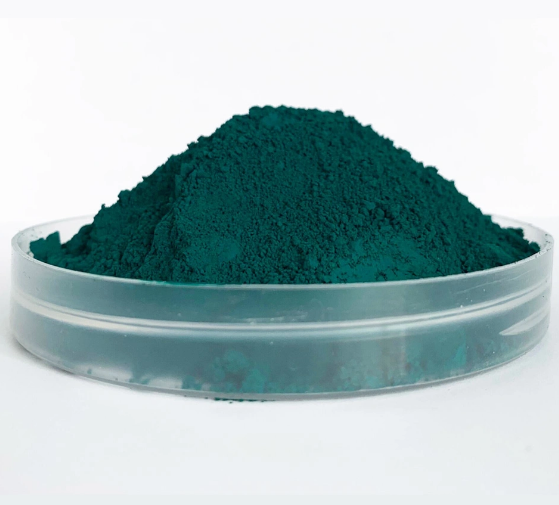
8-Anilino-1-naphthalenesulfonic acid ammonium salt CAS:28836-03-5
8-Anilino-1-naphthalenesulfonic acid ammonium salt is a chemical compound that is commonly used as a fluorescent dye. It has a structure consisting of an aniline group attached to a naphthalenesulfonic acid molecule with an ammonium salt. This compound is soluble in water and exhibits a strong absorption and emission in the visible light range.
Due to its fluorescent properties, 8-Anilino-1-naphthalenesulfonic acid ammonium salt is often used as a probe or indicator in various biochemical and biophysical studies. It can be used to detect changes in pH, conformational changes in proteins, protein-ligand interactions, and the presence of certain ions.
When excited with an appropriate wavelength of light, this compound emits a bright blue fluorescence, allowing for easy detection and measurement. Its fluorescence properties make it a valuable tool in research areas such as molecular biology, biochemistry, and cell biology.
-
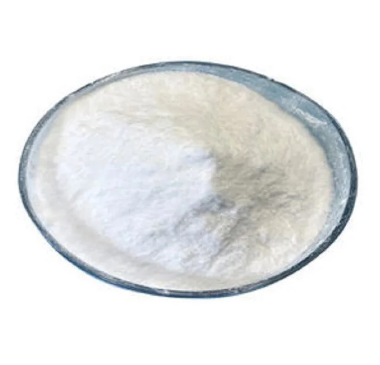
D-Mannitol CAS:69-65-8 Manufacturer Price
D-Mannitol is a naturally occurring sugar alcohol that is commonly used as a sweetener and a bulking agent in food and pharmaceutical products. It is a white, crystalline powder with a sweet taste, similar to sugar.
In the food industry, D-Mannitol is often used as a low-calorie sweetener in sugar-free or reduced-sugar products, such as candies, chewing gums, and baked goods. Its sweetness is about half of that of sucrose (table sugar), making it a popular choice for people who are looking to reduce their sugar intake.
D-Mannitol is also used in the pharmaceutical industry as an excipient, a substance that is added to a medication to improve its stability, appearance, or taste. It is commonly found in tablets, capsules, and oral liquids, where it helps to enhance drug dissolution and improve palatability.
In addition to its sweetening and bulking properties, D-Mannitol also has some other beneficial characteristics. It is non-cariogenic, meaning it does not promote tooth decay, and it has a cooling effect in the mouth, making it suitable for products like breath mints and lozenges.
-
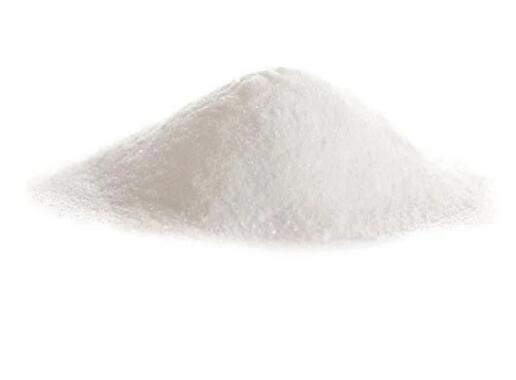
2,2′-Oxybis(ethylamine) dihydrochloride CAS:60792-79-2
2,2′-Oxybis(ethylamine) dihydrochloride, also known as diethylenetriamine, is a chemical compound with the molecular formula C6H16N2Cl2. It is a clear, colorless liquid with a characteristic odor.
Diethylenetriamine is primarily used as a building block in the synthesis of various organic compounds. It is commonly employed as a crosslinking agent in the production of polymeric materials, such as resins, adhesives, and coatings. It can also act as a chelating agent for metal ions, which makes it useful in applications such as metal plating and water treatment.
In addition, diethylenetriamine is utilized in the pharmaceutical industry as a starting material for the synthesis of certain drugs and pharmaceutical intermediates. It can be modified to introduce specific functionalities and enhance drug efficacy.
-
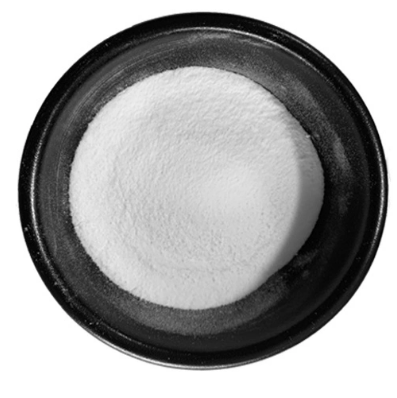
BCA-2K CAS:207124-63-8 Manufacturer Price
BCA-2K stands for Beta-Carotene Apocarotenoid-2-Ketolase. It is an enzyme that plays a key role in the biosynthesis of plant pigments called apocarotenoids. These pigments are derived from the precursor molecule beta-carotene and are involved in various biological processes in plants.
BCA-2K specifically catalyzes the conversion of beta-carotene into specific apocarotenoids by adding a ketone group to the molecule. This enzymatic reaction is important for the production of specific apocarotenoids with different biological activities and functions in plants.
Apocarotenoids produced by BCA-2K have been found to play roles in plant development, stress responses, and defense against pathogens and pests. They can also act as signaling molecules involved in various physiological processes.
The study of BCA-2K and its role in apocarotenoid biosynthesis is not only important for understanding plant biology but also has potential applications in areas like crop improvement, plant breeding, and the development of natural products with medicinal or nutritional benefits.
-
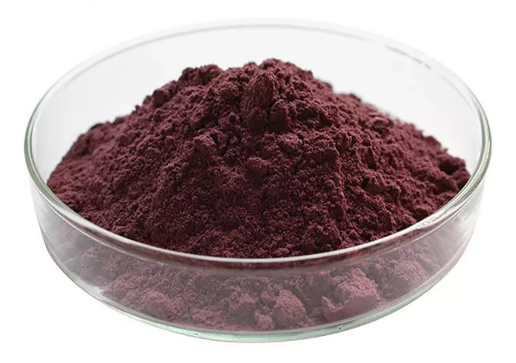
Ethidium Bromide CAS:1239-45-8
Ethidium bromide (EtBr) is a common fluorescent dye used in molecular biology and biochemistry for visualizing nucleic acids, specifically DNA, in agarose gel electrophoresis. It has a high affinity for DNA and, when exposed to ultraviolet (UV) light, fluoresces and emits a reddish-orange color. This allows researchers to easily detect and analyze DNA fragments separated by size in a gel matrix.
EtBr intercalates between the base pairs of DNA and RNA, causing a change in its fluorescence properties. It is commonly added to agarose gels or mixed with DNA samples prior to electrophoresis. When the gel is exposed to UV light, the DNA bands containing EtBr appear as bright orange bands against a dark background, making it easy to visualize and analyze the DNA fragments.
-
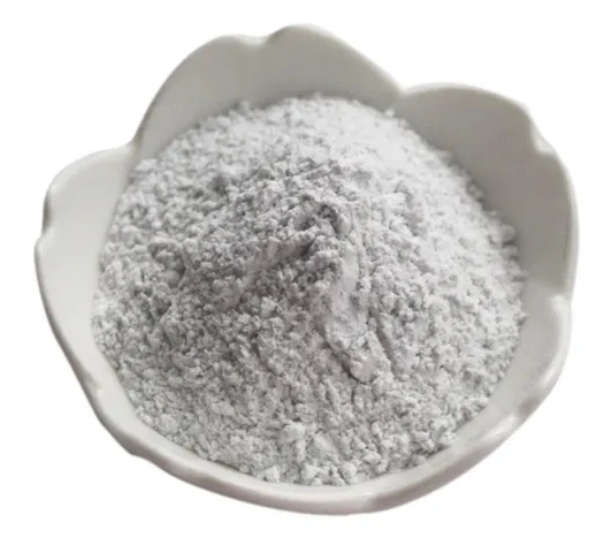
Glycine CAS:56-40-6 Manufacturer Price
Glycine is one of the simplest amino acids and is considered non-essential, meaning that the body can produce it on its own. It plays a crucial role in the synthesis of proteins, functioning as a building block for protein formation.
Glycine is also involved in various metabolic processes in the body. It acts as a precursor for several important compounds, including heme (a component of hemoglobin) and creatine (essential for energy metabolism in muscles).
Additionally, glycine serves as a neurotransmitter in the central nervous system, playing a role in modulating the excitability of nerve cells. It has been linked to promoting relaxation, calmness, and improved sleep quality.
Glycine is found naturally in several food sources, including meat, poultry, fish, dairy products, legumes, and certain fruits and vegetables. Its supplementation may be used to support muscle growth, improve sleep quality, and promote overall well-being.
-
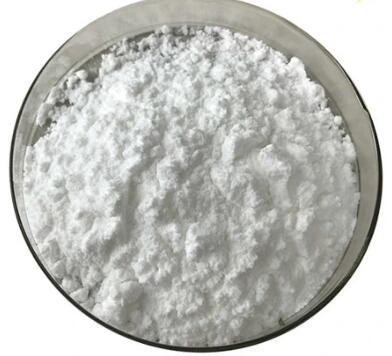
3,3′-Diaminobenzidine CAS:91-95-2
3,3′-Diaminobenzidine (DAB) is a chemical compound commonly used in biochemistry and histology for staining proteins, nucleic acids, and other macromolecules. When oxidized, it forms a brown colored precipitate that is easily visualized under a microscope. DAB staining is often employed to detect the presence and localization of specific molecules, such as antigens or enzymes, in cells and tissues. It is a popular choice for immunohistochemistry and immunocytochemistry techniques due to its high sensitivity and stability. DAB staining can offer valuable insights into cellular structures and molecular interactions, aiding in research and diagnostics in fields like medicine, biology, and pathology.
-
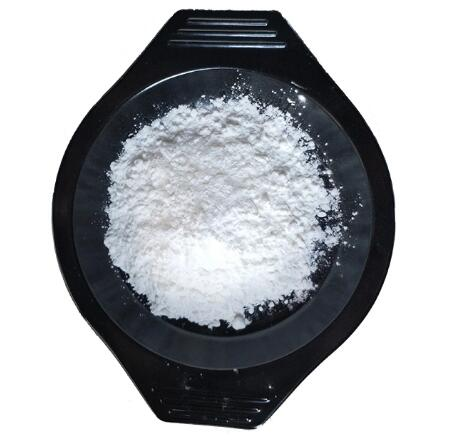
Iodonitrotetrazolium chloride CAS:146-68-9
Iodonitrotetrazolium chloride is a compound mainly used in biological and biochemical assays to detect the presence of dehydrogenase enzymes. It is often used as a redox dye to visualize cellular metabolic activity. The compound is typically colorless but forms a red formazan product when it reacts with the specific enzymes present in living cells. This reaction allows researchers to visually determine the activity and viability of cells in experiments or diagnostic tests.
-
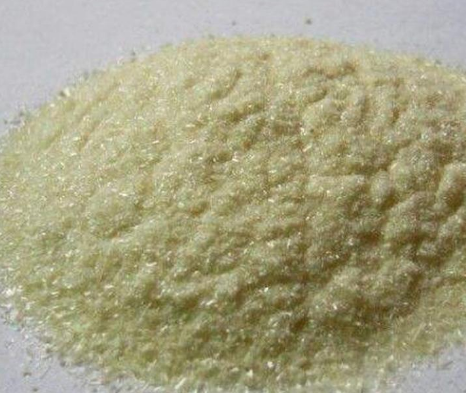
Methylphenazinium methosulfate CAS:299-11-6
Methylphenazinium methosulfate (MPMS) is a redox-active compound that is commonly used as an electron carrier in various biochemical and biophysical studies. It is a salt consisting of a methylphenazinium cation (a heterocyclic compound) and a methosulfate anion.
MPMS is often used as an alternative to traditional electron carriers, such as ferricyanide or phenazine ethosulfate, due to its stability and high solubility in water. It possesses good redox properties, which allow it to accept and transfer electrons during enzymatic reactions.
One of the key applications of MPMS is in assays that involve the measurement of electron transfer or enzymatic activity. It is frequently used in conjunction with an enzyme system to monitor the transfer of electrons between different components. The reduction of MPMS can be detected spectrophotometrically, where its absorbance changes as a result of electron transfer processes.
MPMS is also utilized in studies related to mitochondrial respiration and oxidative phosphorylation. It can act as an artificial electron acceptor, allowing researchers to investigate the functioning and regulation of these processes in various biological systems.
-
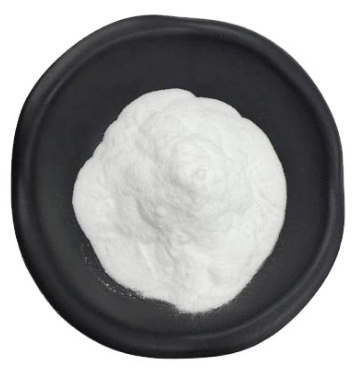
4-METHOXYBENZENEDIAZONIUM TETRAFLUOROBORATE CAS:459-64-3
4-Methoxybenzenediazonium tetrafluoroborate is a chemical compound that belongs to the class of diazonium salts. It consists of a diazonium group (N≡N⁺) attached to a 4-methoxybenzene ring, and its counterion is tetrafluoroborate (BF4⁻).
Diazonium salts are known for their reactivity and are commonly used as intermediates in various organic synthesis reactions. They can undergo various transformations, including electrophilic aromatic substitution, coupling reactions, and azo dye synthesis.
4-Methoxybenzenediazonium tetrafluoroborate specifically has been used in organic chemistry to introduce the 4-methoxybenzene group onto other molecules through diazonium coupling reactions. It is a useful reagent for the synthesis of aryl derivatives and can be employed in the preparation of pharmaceuticals, agrochemicals, and other organic compounds.
-
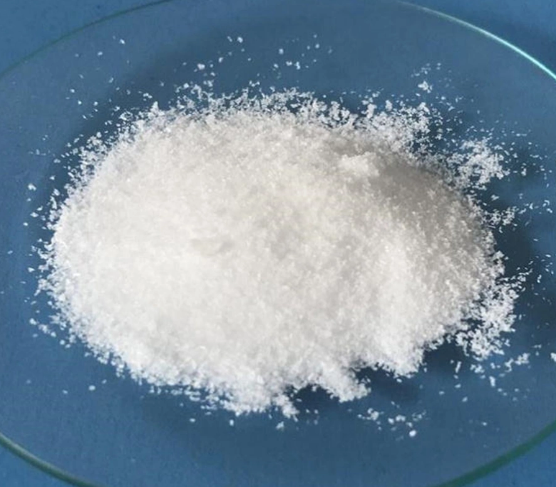
N-Ethylmaleimide CAS:128-53-0 Manufacturer Price
N-Ethylmaleimide (NEM) is a small organic compound commonly used in biochemistry and molecular biology research. It functions as a specific inhibitor of protein sulfhydryl (thiol) groups by irreversibly modifying and blocking their activity. NEM is highly reactive with sulfhydryl groups, such as those found in the amino acid cysteine, and can react with both free sulfhydryl groups and those within proteins. This makes NEM a useful tool for studying protein function, protein-protein interactions, and enzyme activity. Its inhibitory properties have been utilized in a wide range of applications, including proteomics, enzymology, structural biology, and drug discovery.
-
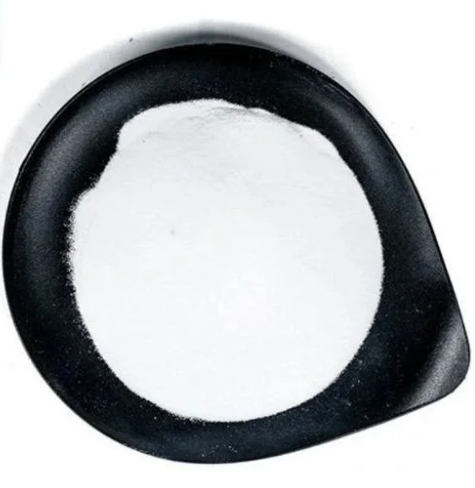
4-Nitrophenyl phosphate disodium salt hexahydrate CAS:4264-83-9
4-Nitrophenyl phosphate disodium salt hexahydrate is a chemical compound that is commonly used as a substrate for detecting the activity of phosphatase enzymes. It appears as a white to off-white powder and is highly soluble in water. When acted upon by phosphatase enzymes, it undergoes a reaction that results in the production of a yellow color, which can be measured spectrophotometrically. This compound finds applications in various biochemical assays and diagnostic kits for detecting and quantifying phosphatase activity in samples.

